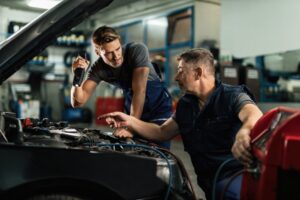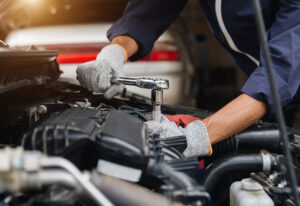Blog

Auto Mechanics Near Tucson AZ
Finding trustworthy and skilled Auto mechanics near Tucson, AZ, is essential for keeping your car running safely and efficiently. Whether you need routine maintenance, brake

Affordable Car Repair in Tucson AZ
Keeping your vehicle in top condition shouldn’t have to break the bank. If you’re looking for affordable car repair in Tucson, AZ, Integrity Auto is

Where to get my Diesel Truck Repaired in Tucson AZ
When your diesel truck breaks down or starts showing signs of wear, finding a trusted repair shop is crucial. If you’ve been searching for where

Where the best place to get an oil change in Tucson AZ
Regular oil changes are essential for keeping your vehicle running smoothly, improving fuel efficiency, and extending engine life. If you’re wondering where the best place

Where to get Trucks AC Repaired in Tucson AZ
When the Arizona heat is in full swing, a functioning air conditioning system in your truck is essential. If your AC isn’t blowing cold air,

Best place to get your transmission looked at Tucson AZ
Your transmission is one of the most critical components of your vehicle, responsible for transferring power from the engine to the wheels. Therefore, when it










